The Charles bridge crosses the river Vltava in Prague. It connects the Old Town with the Lesser Side and is the oldest preserved bridge over the Vltava.
As part of the Prague Old Town, it is a UNESCO cultural heritage. The stone bridge is one of the oldest stone bridges in Europe.
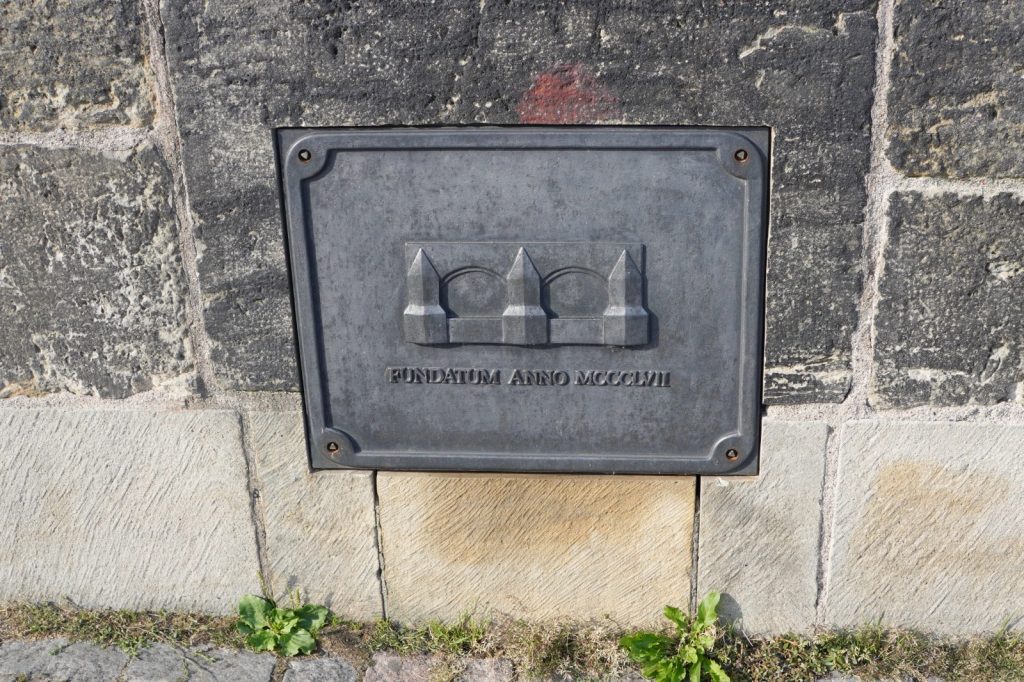
Creation of the Charles Bridge
At a very early stage, a ford was used to cross the river. A wooden bridge which crosses the Vltava River is mentioned in documents from the 10th century. Over the years the wooden structure was often destroyed, and the first stone bridge was built in Romanesque style around 1160.
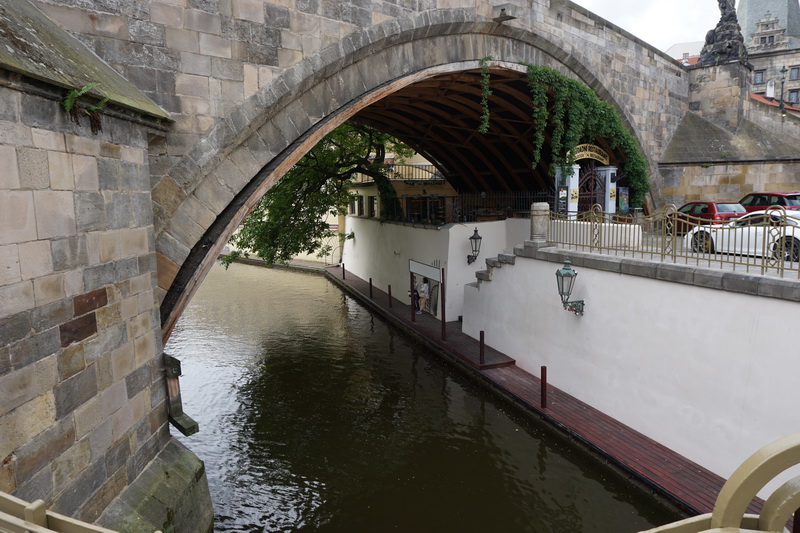
The foundation stone of the Charles Bridge was laid by Emperor Charles IV in 1357. For many years it was exposed to floods, tidal waves and ice and often faced partial destruction. After two piers collapsed again in 1890 due to drifting tree trunks, a two-year long thorough repair operation began.
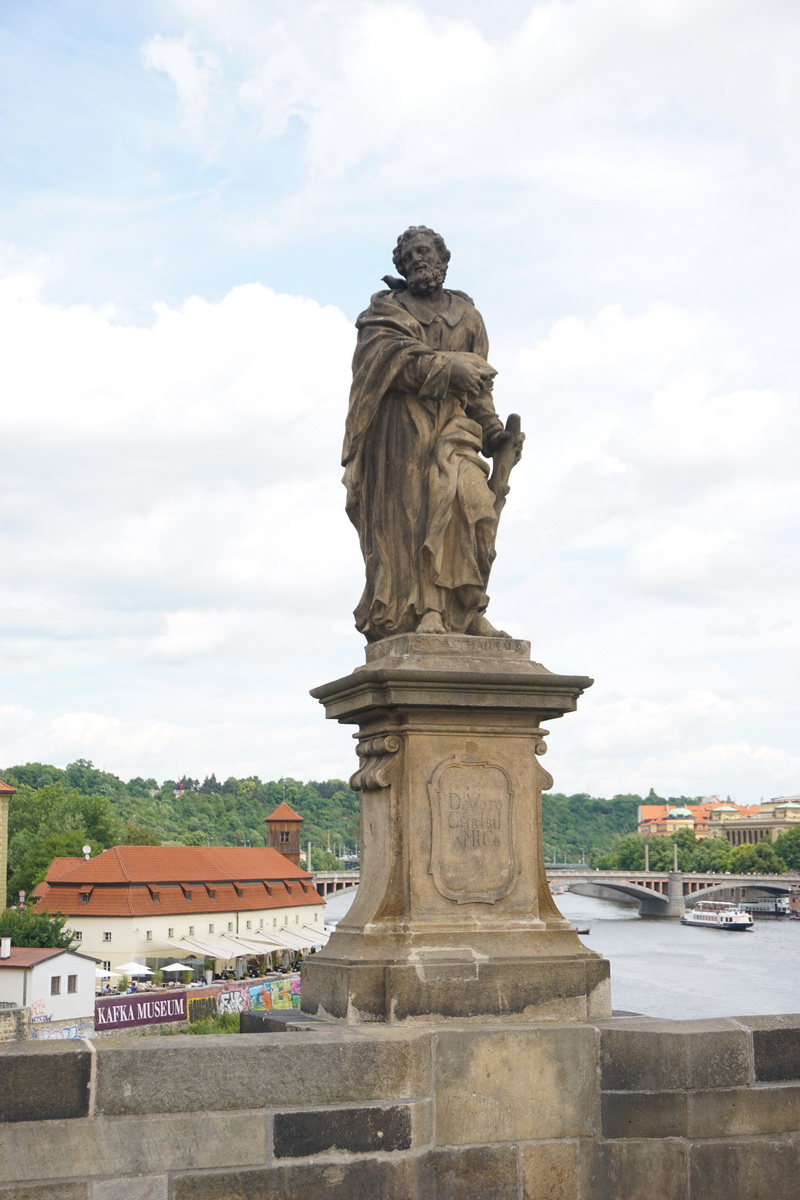
The Charles Bridge was shaped after the Stone Bridge in Regensburg. The architect remains unknown until today. What is certain, however, is that the bridge consists of 16 arches with a length of 516 m and a width of 10 m. Old millstones, granite and sandstone were used as building materials. As a mortar, a “special mixture” was used, made according to an old Roman recipe with curd and wine. At the inauguration, the bridge was still lacking embellishments.
In 1870 the bridge was renamed to Charles Bridge. After cracks were discovered in the bridge, the Charles Bridge was renovated from 1965 to 1978. The efforts cost over 50 million Euros and it was then decided to permanently close the bridge for cars.
Cross the bridge …
The sculptures on the bridge followed over the course of the following years. Various sculptors were involved in their creation. Only depictions of saints and patrons were allowed to find their home on the bridge. For a few years now, the originals have been successively exchanged for copies.
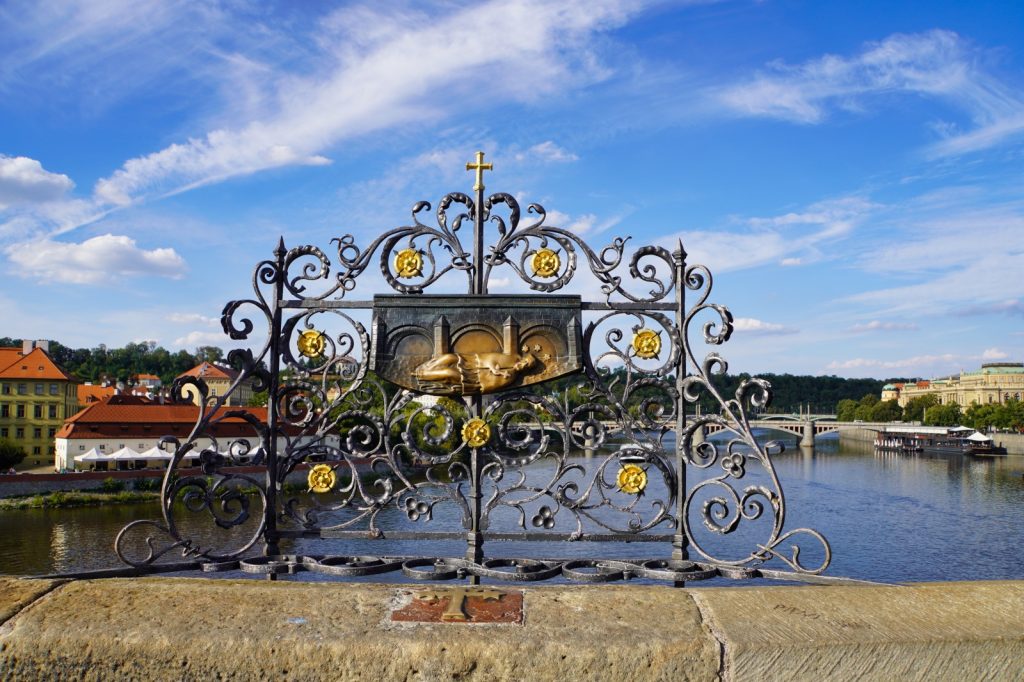
A visit to St. Nepumuk is particularly popular. A cross is erected in his honour in the middle of the bridge. The small figure represents Nepumuk. He is said to have been thrown into the Vltava River in 1393 on the orders of Wenceslas IV, as he kept his silence when confessing to the king.
Stroking the small figure is said to bring good luck and bring you back to Prague.
Today, the pedestrianised bridge is not only crossed by the people of Prague but also by the countless tourists that visit the city on the Vltava. Artists and souvenir merchants also add to the lively atmosphere on the bridge.
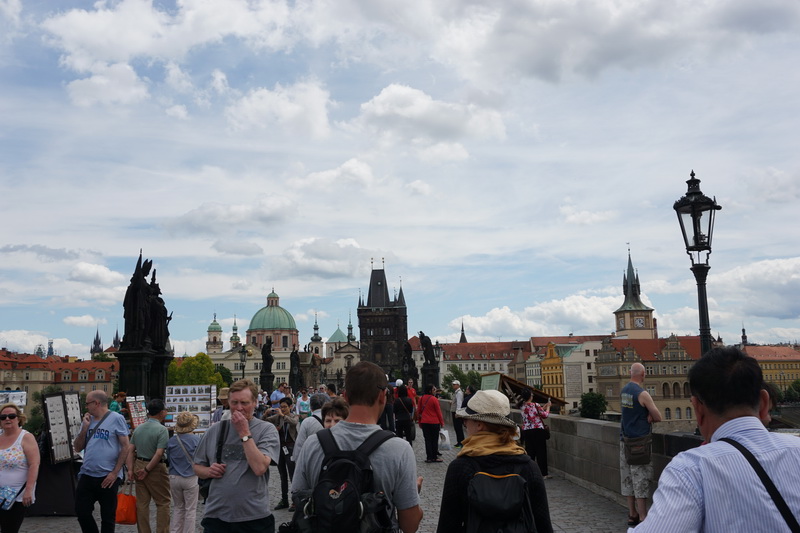
From our first visit in 1992, I really only remembered the Charles Bridge and not much else. At the time I perceived it as loud and full and I did not feel particularly comfortable. In 2015 the bridge was still full. But as it happens, one becomes more experienced and so this time I was able to enjoy the Charles Bridge and ignore the hustle and bustle around me. I recorded a little video about my impressions from the Charles Bridge.
Some time later, during our visit in September 2020, I felt the Charles Bridge empty for the first time. Although there were already visitors on the way to Prague again, hardly any people were on the bridge. One could stand still and look at the beautiful sculptures and the Vltava River in peace
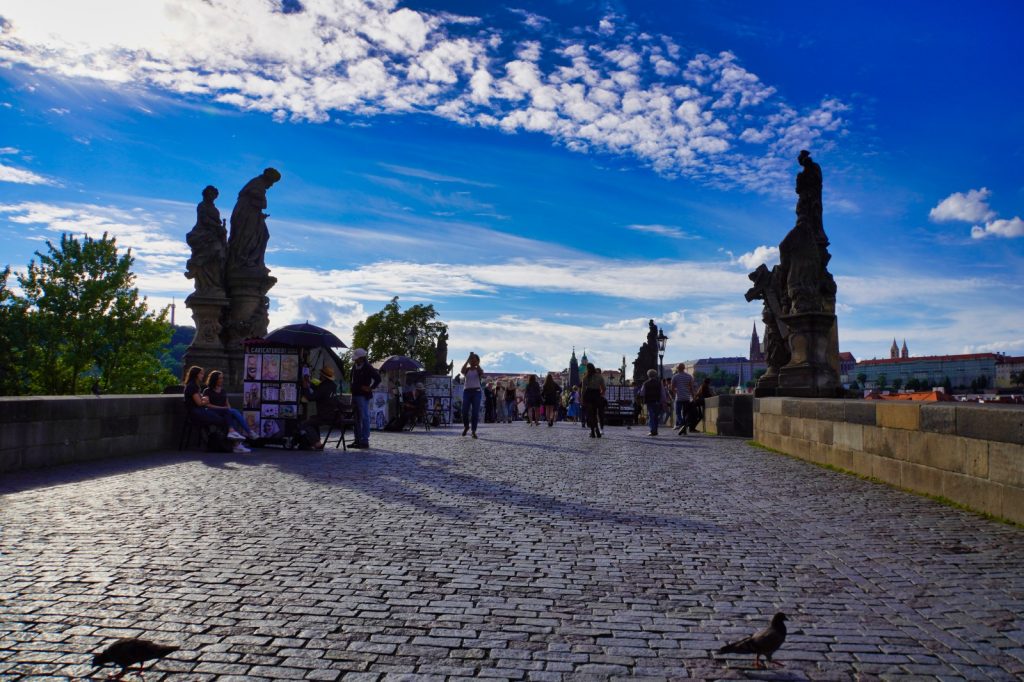
A little tip:
What hardly any Prague visitor knows, you can climb the two bridge towers of Charles Bridge and enjoy the view over the Vltava and the bridge from there. The doors to the stairs are very inconspicuous and especially when it is very crowded, you quickly overlook them.
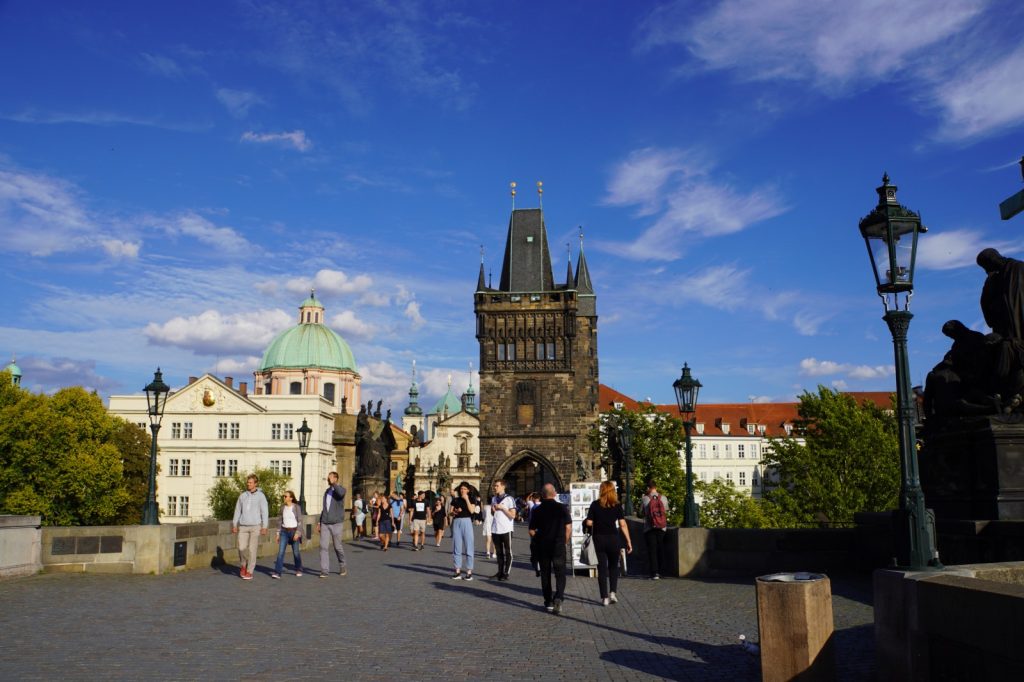




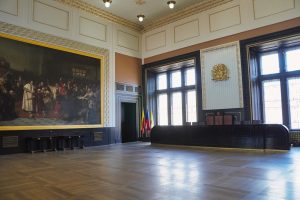

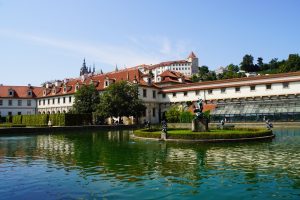
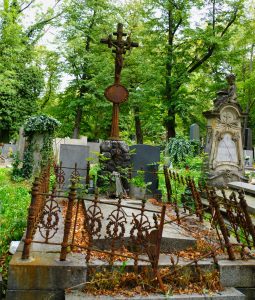
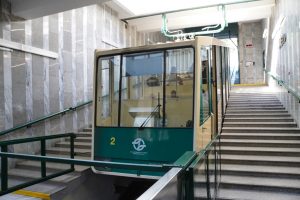
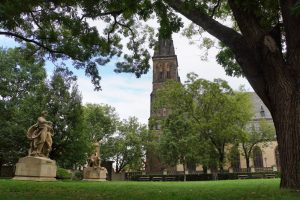
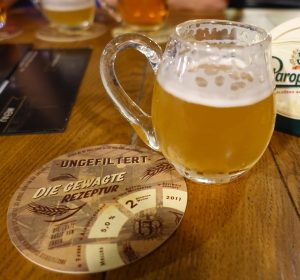
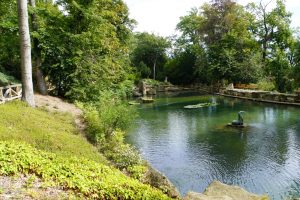

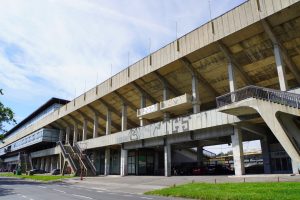
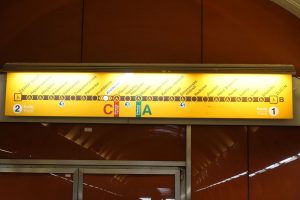




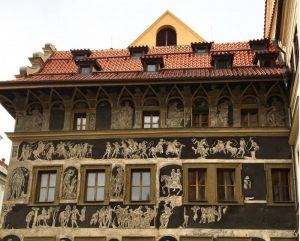
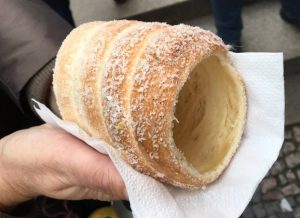

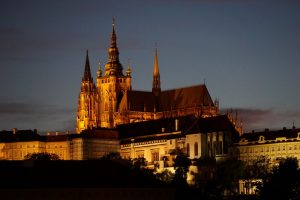
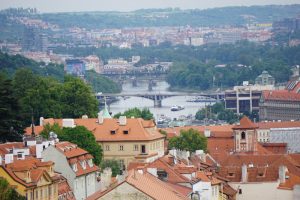


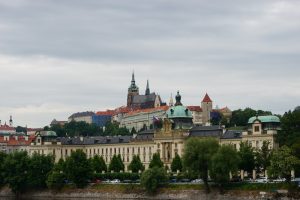

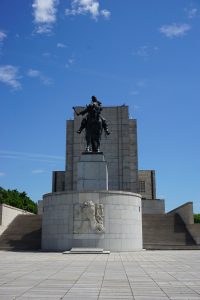
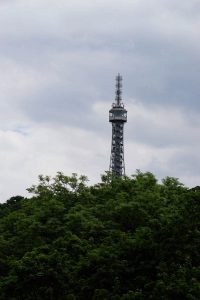
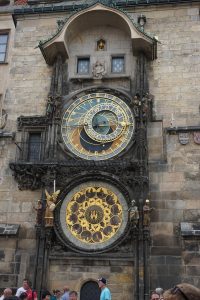
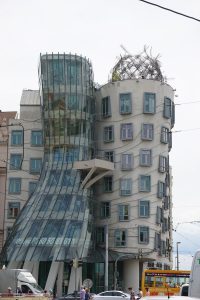



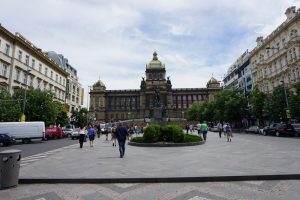
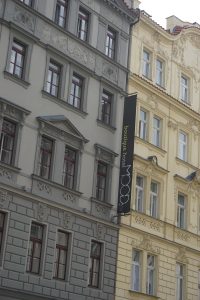

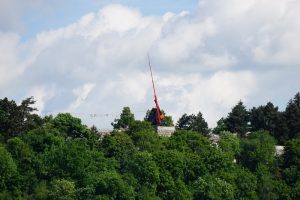
Leave a Reply